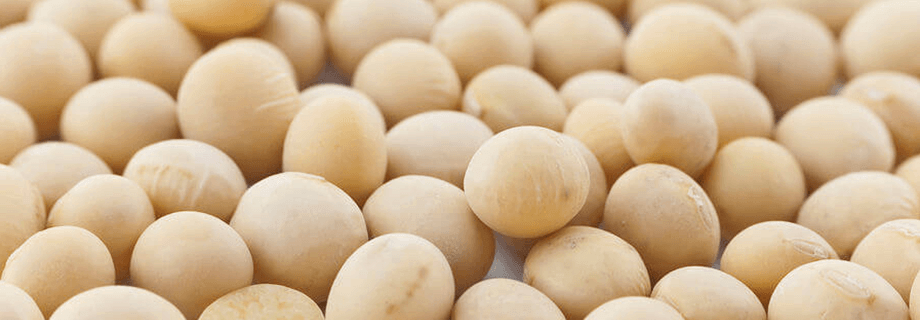The King of Proteins

Changes in market demand always have a big impact on commodity production. From the looks of it, the market is showing an increase in protein demand. As we see this trend, the soybean, AKA “The King of Protein,” is becoming an increasingly important crop.
Soybean production today sees many varieties. Soybean protein and oil content can vary dramatically because of many of the following factors:
- Growing season (temperature, frost, etc.)
- Variety
- Non-GMO vs Round-Up Ready
- Growing region
Have you ever wondered why some solvent extracted soybean meal manufacturers in certain regions guarantee lower protein than others? Some soy processors have lowered their protein guarantee for High-Pro de-hulled SBM (soybean meal.) There is a good reason for this. The trend is simply due to lower protein in the soybeans that are grown today.
When I first started in the feed business in 1988, it was accepted that the average raw protein content was 38% protein and average oil content was around 18%. Today, in central Iowa, the average raw protein and oil content of soybeans are much closer to 35% protein and 19% oil. Of course from 1995 to present day, GMO (Round-Up resistant) soybeans have gained a 90% market share.
Some might say that the popular herbicide resistant soybeans have been a terrific technological advancement in crop production. Others argue that there has always been a yield drag and seed costs (tech fees) are higher compared to traditional, non-GMO varieties. Others are concerned that consuming meat, milk, and eggs from livestock that were fed glyphosate (Round-Up) infested soybeans is a risky proposition.
Whether you are in favor of or against GMO soybeans and other crops, one thing is absolutely true. Soybeans grown today have lower protein units than in the past. There is also a more intensified debate over how GMO technologies might be affecting animals and ultimately humans. It is also safe to make the general observation that non-GMO soy varieties have higher protein than their GMO glyphosate-resistant counterparts.
I have personally tested non-GMO soybean samples with as high as 44% raw crude protein and 18% oil. All of the soybean seed companies have done impressive work developing varieties that can adapt and thrive in both cool and dry growing regions.
For example, I can remember the days when it was rare to see soybeans grown north of Fargo, North Dakota. Last year, I visited a Huterrite Colony in Canada growing soy with 50 bushels per acre yields, and this was north of Winnipeg, Manitoba. In fact, their northern-most soybean field bordered the Canadian Bush Country.
Ultimately, the consumers of milk, meat and eggs will decide what type of soy they prefer to consume. Two things, however, are clear: the “King of Proteins” has a bright future, whether we continue to see a GMO-trend or continue with the traditional, non-GMO crops and high sheer extrusion can add value to both.

